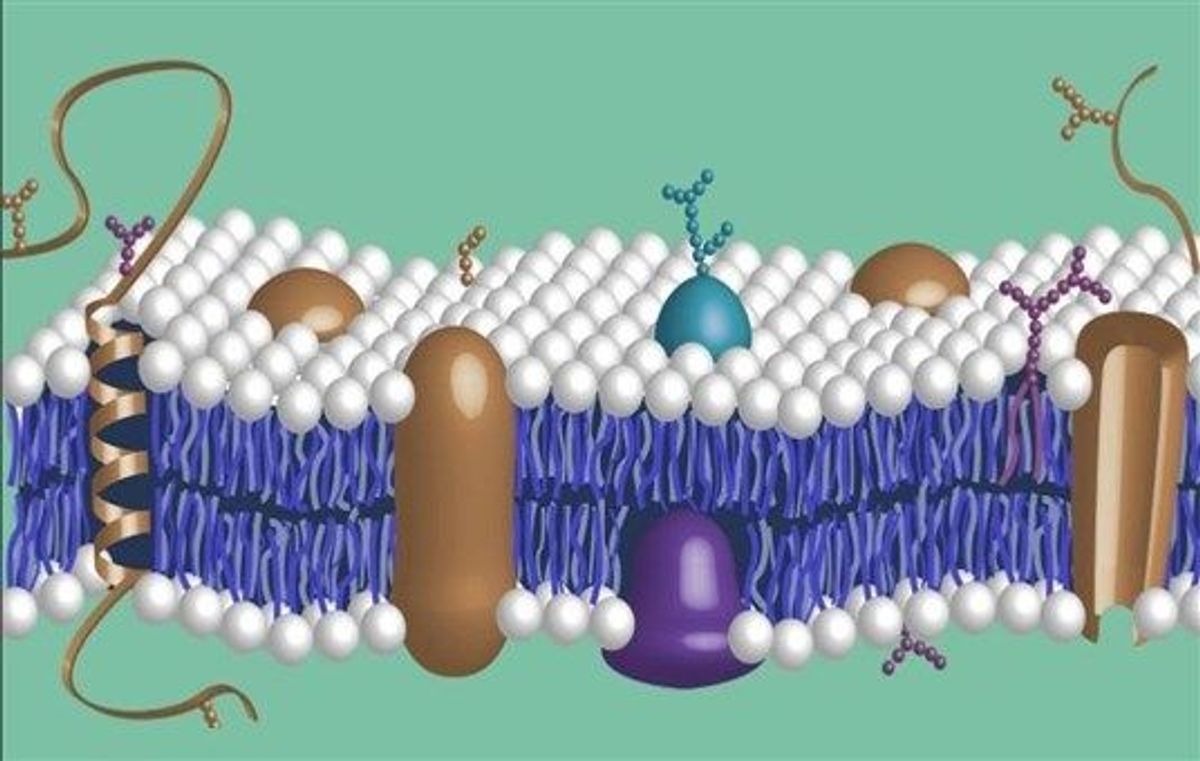Cells exist and function within complex spatial environments inside tissues and organs. It is increasingly clear that location matters when it comes to gene expression, protein production and biochemical activities. Understanding how these biomolecules are organized and interconnected at high resolution within intact biological structures can provide valuable insights. However, traditional bulk assays average molecular information from entire tissue samples, losing all spatial context. New spatial omics techniques are now enabling researchers to map biomolecules to precise locations while retaining spatial information intact tissues.
Mapping Genes to Cell Types and Microenvironments
One of the most widely used spatial omics methods is spatial transcriptomics. In this approach, tissues are placed on array spots containing molecular barcodes. After reverse transcription, the barcodes mark where RNA molecules originated from within the tissue. By sequencing these barcoded cDNAs, genes can be mapped back to their localized expression patterns down to cell-level resolution. This has helped characterize unique gene signatures of different cell types as well as molecular differences between microenvironments. For example, spatial transcriptomics of colon tissues revealed distinct gene profiles between tumor and healthy cells, pointing to new targets and mechanisms.
Visualizing Proteins in their Native Locations
Proteins carry out most biological functions and their localization provides critical clues. Spatial omics techniques map protein abundances and modifications to precise locations within intact tissues. One method uses antibody arrays to capture proteins from tissue slices, with barcodes identifying protein sources. Mass spectrometry imaging is also being applied to spatially resolved proteomics. By profiling peptides released directly from tissue sections by laser ablation, researchers are visualizing protein expression patterns with cellular resolution. This maintains native protein complexes and modifications while revealing protein organization at a system-wide level with spatial context.
Integrating Multi-Omics Data Yields New Biological Insights
The ability to study different biomolecule classes like DNA, RNA and proteins from precisely localized positions enables spatial multi-omics. For the first time, relationships between genomic alterations, transcriptional changes and proteomic remodeling can be explored within intact tissue architectures. Integrating data from multiple spatial omics assays on the same sample reveals how molecular layers are interconnected at high resolution microenvironments, advancing our understanding of cellular networks in health and disease. Emerging techniques are also mapping metabolites, lipids and epigenetic marks spatially. The fusion of spatially resolved omics datasets holds tremendous potential for accelerating disease biology research and precision medicine applications.
Advancing Healthcare with Spatial Systems Biology
By removing the obscuring averaging of bulk assays, spatial omics is providing an unprecedented multi-dimensional view of molecular organization in tissues. Key cell types and microenvironments implicated in disease progression, drug response and resistance mechanisms are coming into focus. With technological improvements driving increased throughput, spatial systems biology approaches will transform our ability to dissect complex pathological processes at their origins within intact native microenvironments. Detailed molecular maps of changing biomolecule abundances, modifications and interactions across healthy and diseased tissues will illuminate new biomarkers and therapeutic targets. Ultimately, spatially resolved multi-omics promises to revolutionize drug development and power individualized treatment strategies through a deeper understanding disease biology at its relevant anatomical and cellular scales.
*Note:
1. Source: Coherent Market Insights, Public sources, Desk research
2. We have leveraged AI tools to mine information and compile it



